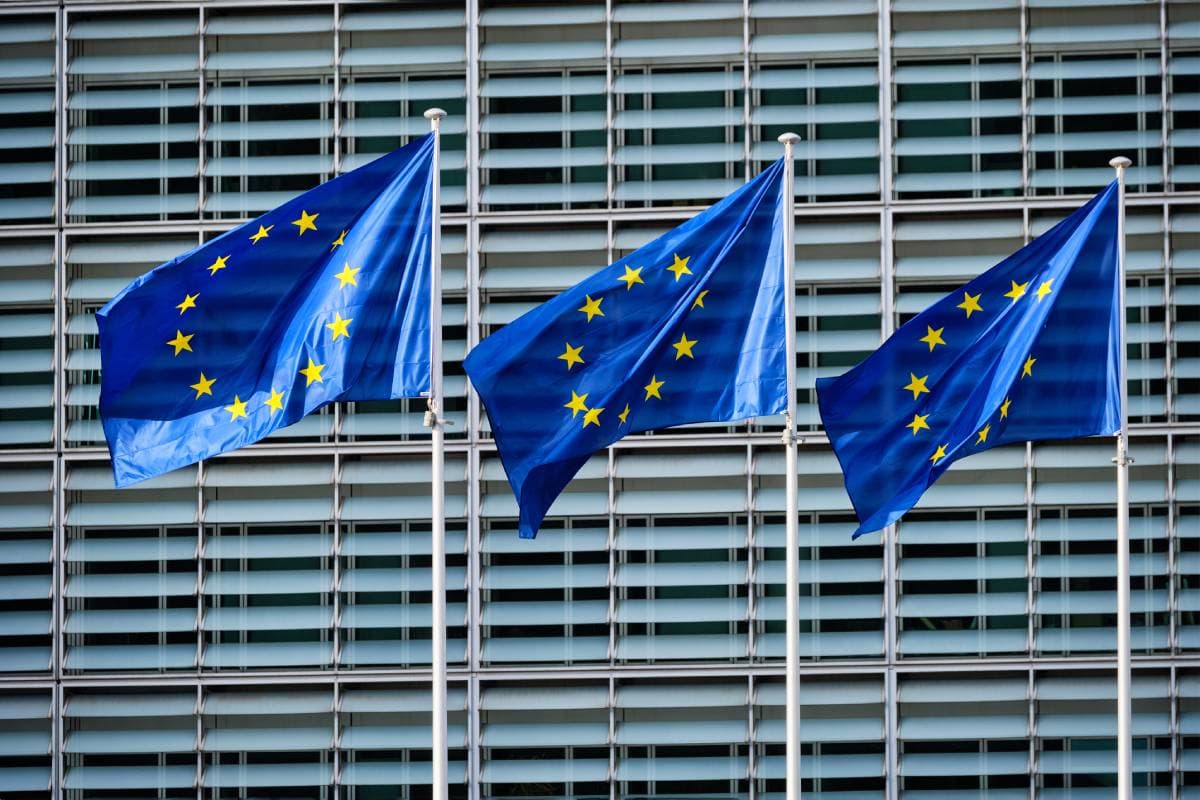National Supervisory Authorities (NSAs) are regulatory bodies formally designated by each EU Member State to oversee the implementation, monitoring, and enforcement of the EU AI Act within their respective jurisdictions. These authorities act as the primary contact points for AI providers, deployers, and affected individuals, ensuring compliance with EU rules at the national level.
By conducting market surveillance, managing complaints, performing investigations, and issuing sanctions where appropriate, NSAs play a critical role in upholding safety, transparency, and fundamental rights in the deployment of AI systems across Europe.

1. Background and Establishment
The establishment of National Supervisory Authorities is a legal requirement under Chapter V of the EU AI Act. While the structure and composition of these bodies may vary by country, each Member State must designate at least one authority with:
- Independence from AI system providers and deployers
- Sufficient resources and technical expertise
- Legal powers to monitor compliance and apply penalties
- A mandate to cooperate with the European Commission, the AI Office, and the European Artificial Intelligence Board (EAIB)
In many countries, existing regulators—such as data protection authorities, consumer safety agencies, or market surveillance bodies—have been assigned these new responsibilities, often with enhanced technical capacity and funding to support AI oversight.
2. Purpose and Role in the EU AI Ecosystem
NSAs are the first line of defense in ensuring that AI technologies deployed in the EU are compliant, safe, and respectful of rights. Their main roles include:
- Monitoring providers and deployers of AI systems for compliance with the EU AI Act
- Conducting inspections, audits, and post-market surveillance
- Handling complaints from affected individuals or stakeholders
- Investigating violations of obligations (e.g., transparency, data quality, risk management)
- Coordinating enforcement actions with authorities in other Member States
- Issuing administrative fines and corrective measures for non-compliance
- Reporting to the European Commission and participating in the EAIB
These authorities ensure that AI governance is not only centralized at the EU level, but also effectively operationalized within each national legal and institutional framework.
3. Key Contributions and Impact
Even in the early stages of the EU AI Act’s rollout, National Supervisory Authorities have begun to shape how AI is governed across Europe. Their contributions include:
- Registering high-risk AI systems placed on the national market
- Reviewing conformity assessments and documentation from providers
- Overseeing real-world testing and regulatory sandbox activities
- Launching national AI guidance portals for businesses and public entities
- Cooperating with the AI Office on cross-border investigations or system recalls
- Issuing public warnings about non-compliant or high-risk AI technologies
As of 2026, all NSAs must be fully operational, with enforcement powers applicable from August 2026 onward.
4. Connection to the EU AI Act and the EU AI Safety Alliance
NSAs serve as the enforcement arms of the EU AI Act within each Member State. While the European Commission and the AI Office provide legislative oversight and coordination, it is the NSAs that perform on-the-ground investigations, respond to local concerns, and implement the Act’s provisions day-to-day.
They also work closely with the EU AI Safety Alliance, particularly when:
- Evaluating technical conformity assessments conducted by notified bodies
- Escalating systemic risks or cross-border issues
- Aligning national enforcement with independent certification frameworks provided by the Alliance
This multi-tiered governance model ensures that technical expertise (via the EU AI Safety Alliance) is reinforced by legal enforcement mechanisms at the national level.
5. Stakeholder Engagement and Community Participation
To foster a culture of responsible AI, National Supervisory Authorities actively engage with:
- AI developers and startups, offering guidance and compliance tools
- Deployers in high-risk sectors (e.g., education, healthcare, public safety)
- Academia and civil society, ensuring input into rights-based oversight
- National standardization bodies and innovation hubs
- The general public, by operating hotlines, complaint portals, and educational campaigns
This community-centric approach ensures that enforcement is transparent, accessible, and responsive to societal needs.
6. Key Themes Addressed by National Authorities
Each NSA is expected to focus on the themes most relevant to its jurisdiction, while also addressing the following cross-EU priorities:
- Risk classification and validation of high-risk AI systems
- Transparency requirements and disclosure obligations
- Human oversight and accountability
- Post-market monitoring and incident response
- Data quality, bias detection, and mitigation
- Conformity assessments and technical documentation audits
- Handling complaints and fundamental rights violations
- Supporting innovation while maintaining regulatory certainty
These themes align with the obligations set out in Chapters III to VI of the EU AI Act.
7. How to Engage with Your National Supervisory Authority
Organizations and individuals can interact with their NSA through:
- Submitting high-risk AI systems for registration or review
- Participating in national regulatory sandbox programs
- Requesting pre-market guidance or clarification on classification
- Filing complaints about non-compliant or harmful AI systems
- Attending training sessions or consultations organized by the authority
- Collaborating on research or impact assessment methodologies
Each Member State maintains a public list of designated National Supervisory Authorities with contact points and procedures, accessible via the European Commission and AI Office portals.

